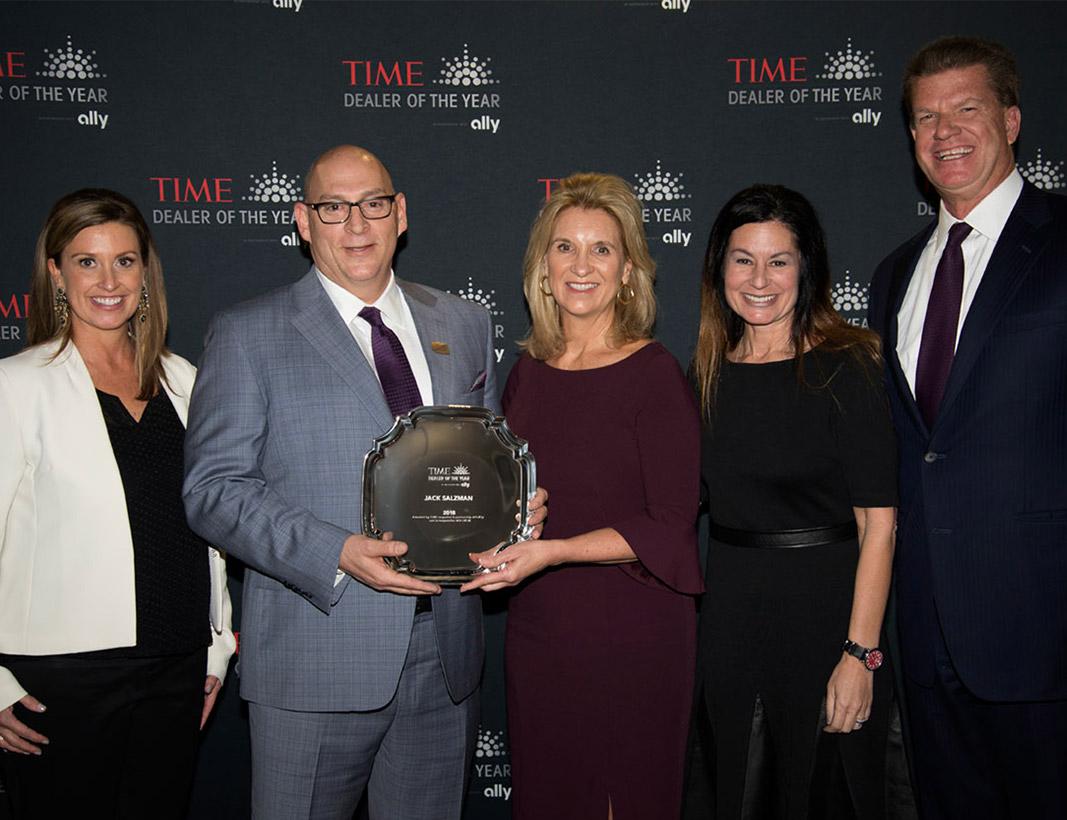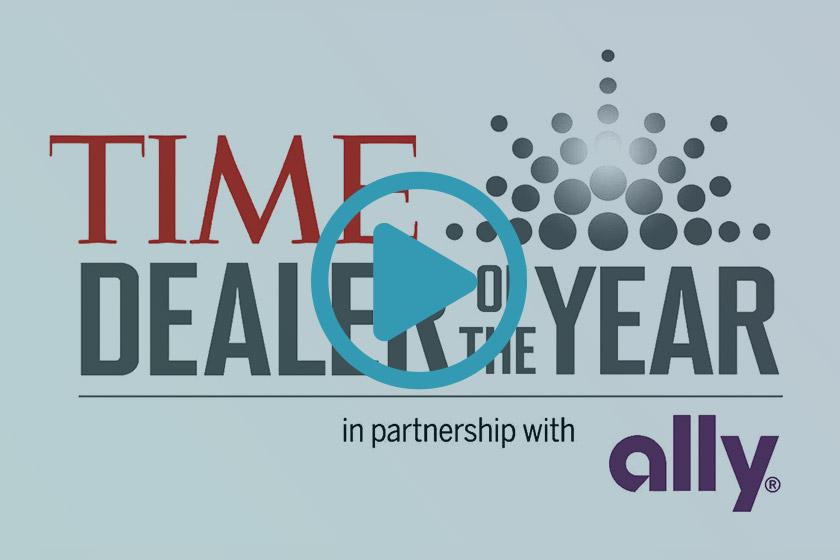Every marketer and every business owner long to see their website traffic increase. While this is unquestionably a worthy goal, it’s important to remember that not all website traffic is created equal. Keep in mind that every visitor to your site is a living, breathing human being, and that the people who come to your website do so with varying levels of brand awareness and consumer intent.
One of the challenges that marketers face is ensuring that their website communicates to the needs of all potential users, including those who are at different stages in their consumer journey.
Mapping the Consumer Journey
So, what are those stages, exactly? We can loosely define them as awareness, consideration, and decision. Let’s take a close look at each.
Awareness
The first stage in the consumer journey is awareness. This is the stage at which the consumer realizes that they have a problem, and that they may need a product or service to help them address that problem. Before reaching the awareness stage, consumers may not realize that they have a problem at all; or if they do, they may not realize that the problem can be fixed.
Developing content to address consumers in the awareness stage can be tricky. On the one hand, you want to help them acknowledge their problem, and realize that they don’t want to go on living with that problem much longer. At the same time, you don’t want to scare or overwhelm them.
As such, your marketing content should be empathetic, compassionate, and solutions oriented. Let consumers know that yes, their problem is real; they’re not imagining it. Help them feel seen and understood. But also, give them hope: Sure, struggling right now, but there are steps we can take to help you address the problem.
As an example, consider a middle-aged person who's begun experiencing some aches and pains in the morning. They’re probably not Googling things like “arthritis treatment” just yet, but they may seek information about why they’re so stiff, what conditions they may have, and what the potential treatments may be. Those are the areas where your marketing can engage them.
Consideration
The second stage in the consumer journey is the consideration stage. Consumers who have reached this stage know that they have a problem and are now considering all the different solutions.
Let’s say you run a hair restoration clinic. Consumers who have reached the consideration stage know that they have hair loss, and that they want to do something to address it. But at this point, it’s probably premature to give them the hard sell for a surgical hair transplant. Consumers in the consideration stage may be more inclined to use a topical treatment, to try laser hair therapy, to invest in a custom hair system, or even to buy a wig.
Your content should inform these consumers about the different options that are available to them, providing them with an incentive to keep learning more. (This might entail them calling for a consultation, signing up for your newsletter, or simply digesting more of your content.)
Avoid leaning too much toward the awareness side of things here. You don’t need paragraph after paragraph explaining to consideration-stage consumers how unpleasant hair loss can be. They already know! At the same time, avoid leaning too far into a specific decision. If you push the hair transplant solution too hard, you may scare away a customer who otherwise would have invested in non-surgical remedies.
Decision
The third and final stage of the consumer journey is known as the decision stage.
Basically, this is the stage at which the consumer is ready to invest in a solution to their problem. As such, it’s the point at which your content should be laser-focused on selling a particular solution, turning clicks into conversions.
To do this, your content will need to hammer home the benefits of a particular solution. For example, let’s say you’re writing about a water heater replacement service. Your decision-stage content might focus on your warranties and guarantees, your fast and reliable service, and about discounts currently available on new water heaters. Give your consumers every reason to make a purchase, and to make that purchase from you. Make sure you’re using clear, direct, and impactful CTAs.
Addressing the Full Consumer Journey
While these three stages may be a little bit generalized, we believe that they represent a fairly accurate model for how consumers engage content and make purchasing decisions on the Web. And, we believe most businesses do well to create marketing collateral that speaks to consumers at all three stages.
What does that look like for your business? We’d love to get into some specifics. Whenever you’re ready to discuss marketing solutions for your company, reach out to the team at enCOMPASS Agency directly.
SHARE THIS ARTICLE:



